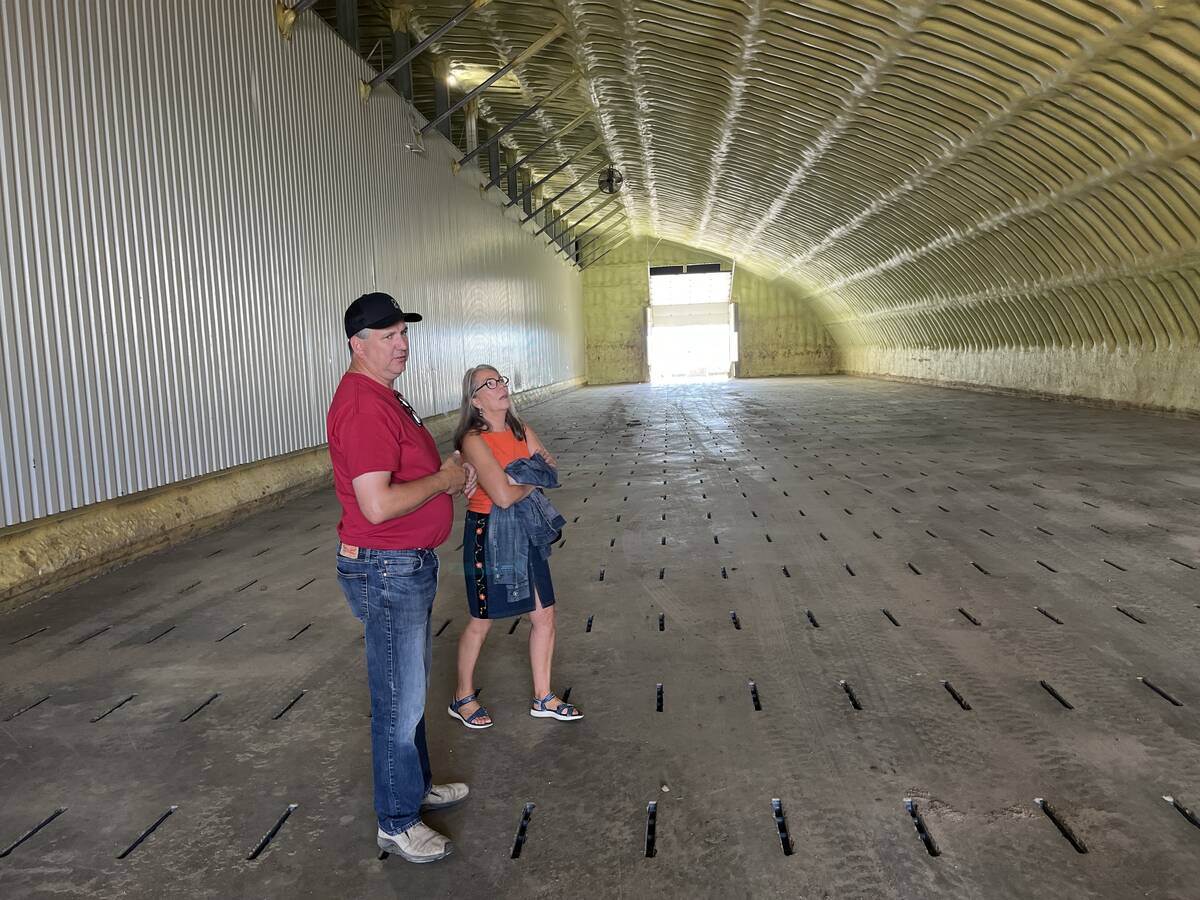Analysts say farmers should keep an eye on commodity funds when looking to futures markets for ways to protect against price risk and for clues about when to sell their grain.
Errol Anderson said growers can make money by selling when funds are pushing prices upward in a frenzy of buying.
“When the times are really good and prices are unbelievably high … you should pull the trigger,” he said. “Producers can’t wait for markets to drop because the funds will come out of these markets so viciously that it’ll drop the cash market, and before you know it, the farmers just lost their rally.”
Read Also

Potato farm requires year-round management
The most recent Open Farm Day in Alberta showcased agricultural producers across the province educating the general public about the process that is required is to get food to their table.
Funds trade almost entirely by using technical analysis. Using computer programs, they chart past prices and look for signals to buy or sell.
While funds might consider the overall fundamentals of a commodity, they make decisions about when to trade on technical signals, said Mike Jubinville.
He said farmers should learn the basics of technical analysis to know when it’s a good time to enter or leave the futures market.
Anderson said farmers should also be wary of the increased risk of margin calls in markets made more volatile with fund activity.
When a producer enters into a futures contract, he must make a “good faith” deposit in a margin account to establish financial integrity. The amount in the account is adjusted daily as the contract varies in price. When the market moves opposite of the direction the farmer wants, his broker will make a “margin call” asking for more money to maintain the minimum balance.
Anderson suggests farmers buy put options rather than futures contracts. It’s a margin-call-free way to have some price insurance, he said.
“With the funds in there, moving prices straight up and straight down, it’s very dangerous being in futures,” said Anderson.
















